Sony is deepening its partnership with AMD to push the boundaries of artificial intelligence (AI) in gaming technology, aiming to enhance graphics and gameplay experiences across various platforms—not just PlayStation. Mark Cerny, the lead architect of the PS5 and PS5 Pro, announced on Wednesday that the two companies are embarking on a “deeper collaboration” to develop machine learning-based advancements for gaming.
Sony and AMD already collaborate on the GPUs for the PS5 and PS5 Pro, which utilize AMD’s RDNA 2 architecture. The PS5 Pro features a technology called PlayStation Spectral Super Resolution (PSSR), designed to enhance image clarity and improve frame rates. Building on this partnership, the new initiative, codenamed “Amethyst,” represents a multi-year project focused on creating advanced technologies that could influence the next generation of gaming hardware.
Cerny provided insights into this partnership through a 37-minute technical presentation discussing the PS5 Pro and Project Amethyst. While specific applications and timelines for the project remain vague, Cerny hinted that the innovations from Amethyst could appear in future PlayStation consoles or other AMD-supported hardware. “These components should be key in increasing the richness of game graphics,” he said.
Project Amethyst has two primary objectives. The first goal is to design an optimal architecture for machine learning, with a particular focus on lightweight convolutional neural networks (CNNs) used in gaming graphics. By leveraging lessons from AMD’s multi-generational RDNA roadmap and Sony Interactive Entertainment’s (SIE) custom work on the PS5 Pro, the partnership aims to develop technology capable of fully fused networks, which are essential for advanced machine learning.
The second goal is to create a robust set of high-quality CNNs specifically tailored for game graphics. Both Sony and AMD will have access to this collection of architectures and training strategies, enabling them to enhance game visuals while expanding the use of ray tracing and path tracing technologies. These advancements are expected to elevate the visual realism and technical capabilities of future games.
Cerny emphasized that the collaboration between Sony and AMD is not limited to PlayStation. “Amethyst is not about proprietary technology for PlayStation. In fact, it’s the exact opposite,” he explained. The project is designed to support machine learning applications across multiple platforms, including PCs, consoles, and cloud gaming. This broader focus aligns with the companies’ vision of democratizing machine learning in gaming, making it accessible for developers to integrate AI into both graphics and gameplay.
However, the tangible results of Project Amethyst are likely years away. Cerny noted that developing new gaming hardware typically takes around four years, suggesting that the technology from this initiative might not be seen until the PlayStation 6. “Don’t expect some massive hardware announcement immediately coming out of this,” he told Digital Foundry. Cerny also avoided directly addressing when a potential PS6 might debut, indicating that the current focus is on long-term research and development.
The inspiration behind the project’s codename, “Amethyst,” blends the symbolic colors of AMD’s red and PlayStation’s blue, reflecting the collaboration between the two tech giants. In his presentation, Cerny highlighted the ambitious scope of the project, stating, “We’re combining our expertise with two goals in mind.” The first is achieving the ideal architecture for machine learning, particularly for CNNs essential to game graphics, while the second is the parallel development of advanced neural networks to enhance graphical quality.
In addition to improving graphics, Sony and AMD aim to make machine learning more accessible for developers. Cerny described the initiative as a step toward the “democratization of machine learning,” enabling game creators to work directly with AI and machine learning for both visual and gameplay enhancements. By making these tools widely available, the companies hope to empower developers across the gaming industry.
This partnership marks a significant milestone in the evolution of gaming technology, as AI continues to play a transformative role in the industry. While the immediate impact of Project Amethyst may be limited, the collaboration between Sony and AMD underscores their shared commitment to advancing the capabilities of gaming hardware and software. With the potential for broader applications across multiple platforms, this initiative could shape the future of gaming and redefine how players experience games.
Cerny concluded his presentation by expressing enthusiasm for the long-term partnership, stating, “We’re looking forward to keeping you posted throughout what we anticipate to be a multi-year collaboration.” As the gaming landscape evolves, the innovations from Amethyst are poised to drive significant advancements in both graphics and gameplay, further blurring the lines between reality and virtual worlds.
